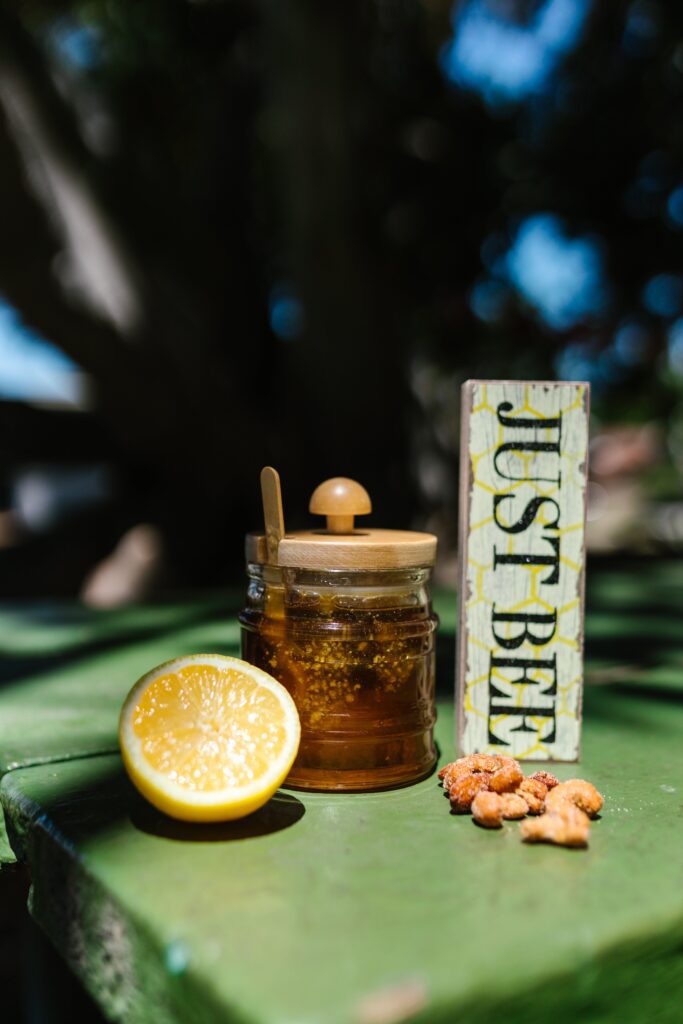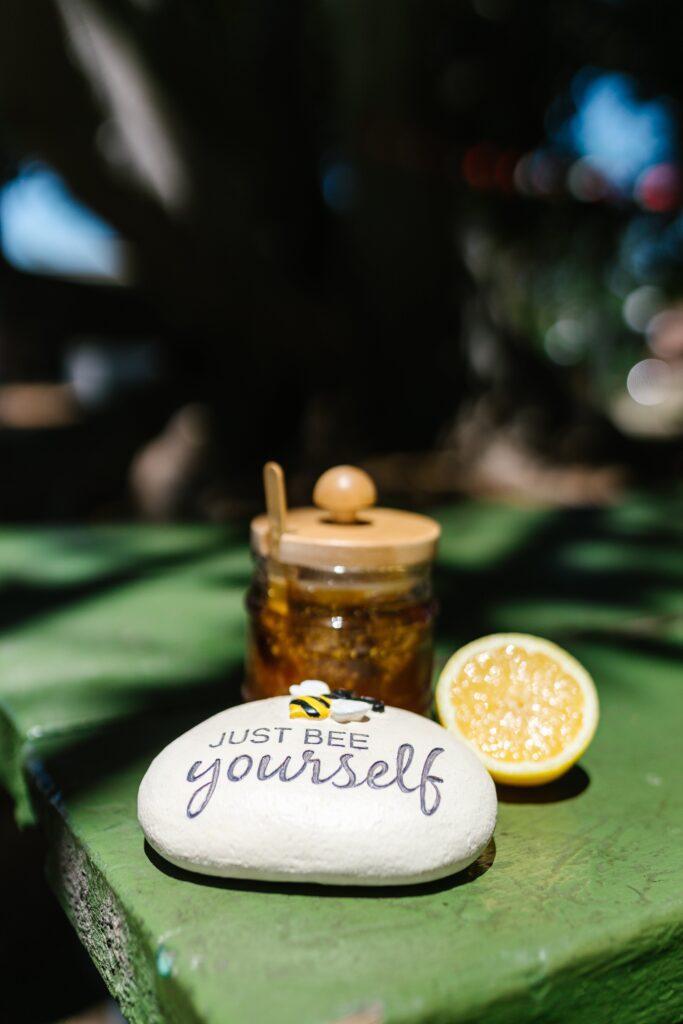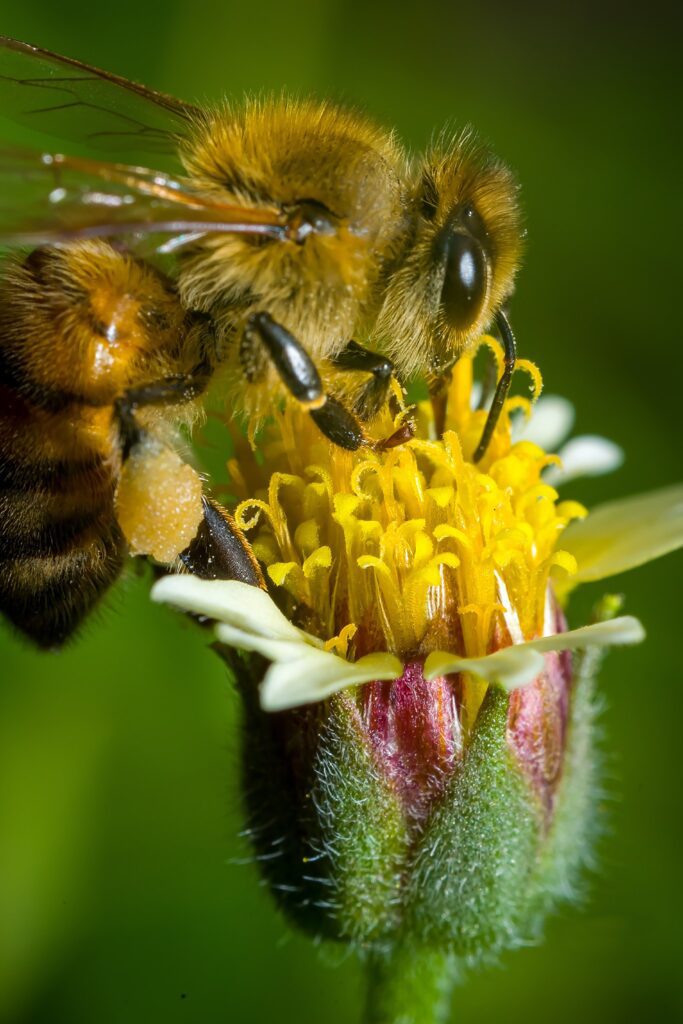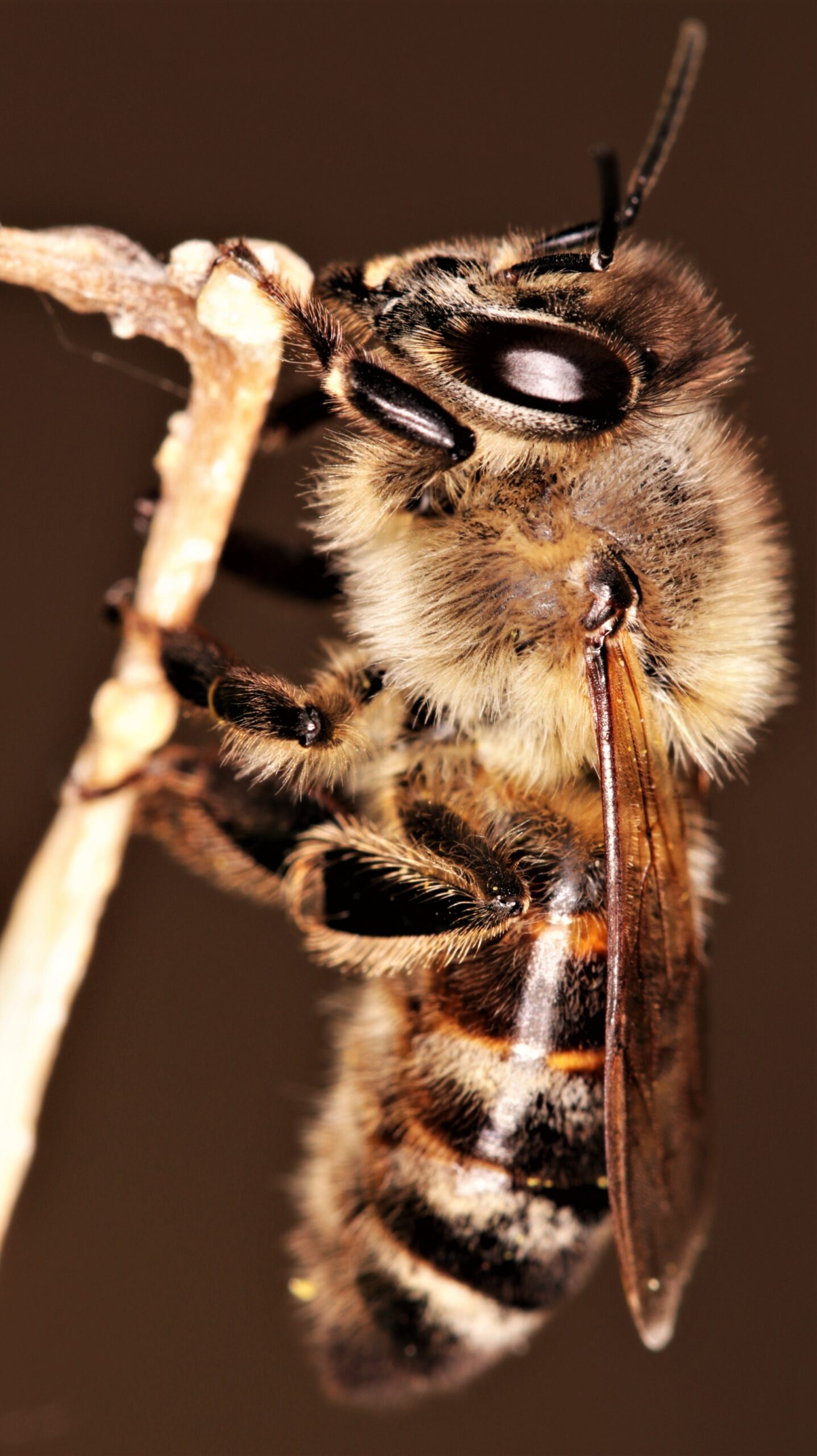Honey bees, scientifically known as Apis mellifera, are fascinating insects that play an important part in our environment and food production. Honey bees make major contributions to our environment and economy through pollination and honey production.

Honey bees are highly social insects that live in colonies made up of a single queen, ( fertile female) drones, (fertile males) and worker bees ( sterile females).The queen serves as the colony’s reproductive centre, depositing eggs and keeping the hive together. Drones are male bees whose main purpose is to mate with the queen. The majority of the colony consists of worker bees, who are females in charge of foraging, nursing the brood, and maintaining the hive.

Amazing facts about honey bees..
Waggle dance : Honey bees use a unique method to tell their fellow bees about the location of food sources. Foraging bees use a sophisticated dance called the waggle dance to communicate the direction and distance of the bloom carrying nectar and pollen.
Egg laying: The queen bee is the only reproductive female of the colony, capable of laying up to 2,000 eggs each day during the peak breeding season. She can control the sex of her offspring by selectively fertilizing eggs with sperm from previous encounters.
Lifespan : Despite their tireless work ethic, worker bees have a relatively limited lifespan, usually only a few weeks during the active foraging season. However, bees that emerge in late summer or autumn can survive for several months, helping the colony survive the winter.

pollinators. They visit flowers of all shapes and sizes, collecting pollen that sticks to their bodies as they move from flower to flower. This mechanism ensures the necessary cross-pollination for the reproduction of many plant species.
Thermostat : Bees manage the temperature inside their hives with astonishing accuracy. Regardless of the weather, they keep the hive at 93-95 ° F (34-35 ° C) by using their body and wing fanning.

Honey as preservative: Honey bees make honey, which has exceptional conservation capabilities. Honey is a good natural preservative due to its low moisture and acidic pH, which prevents the formation of bacteria and mold. Archaeologists have discovered honey pots in ancient Egyptian tombs that have remained edible for thousands of years.
Royal jelly: a special fluid that is fed to young larvae that will eventually become queens. Royal jelly contains proteins, vitamins and hormones that promote the growth and development of the queen bee, helping them to achieve their maximum reproductive potential.
Pheromones: When a honey bee stings, it releases alarm pheromones, which cause other bees to become aggressive and defensive. These pheromones can set off a coordinated response from the colony to guard against dangers.
Heating effect: In some situations, bees can use heat bowling to kill invaders such as wasps or invading insects. The worker bees surround the invader and vibrate their flight muscles, generating heat that raises the temperature around the intruder to lethal levels.
Honey
The most famous type of bees are honey bees, although other bees can also produce the sticky, delicious substance known as honey. Bee colonies are fed via the production and storage of honey. The sugary secretions of plants, usually flower nectar, or other insects, such as aphid honeydew, are collected and refined by bees to generate honey.
This refining process occurs in two ways: first, in individual bees through enzymatic activity and regurgitation; second, during storage in the hive, through water evaporation, which concentrates the sugars in the honey until it becomes thick and viscous.In their colony, honey bees accumulate honey. The hive contains a structure known as honeycomb, which is composed of wax. The bees excrete honey into the hundreds or thousands of hexagon-shaped cells that make up the honeycomb, where it is stored.
Some bee species that produce honey store the material in different containers, such the stingless bee’s wax and resin pots.Honey is harvested for human consumption from either wild bee colonies or domesticated bee hives. Since honey is produced and sold commercially all over the world, it is the most familiar type of honey to people.
Beekeeping, also known as apiculture, is the husbandry of bees; meliponiculture is the term used to describe the cultivation of stingless bees.The high proportions of fructose and glucose monosaccharides in honey give it its sweetness. It is comparable in sweetness to sucrose, or table sugar.A normal tablespoon (16 mL) of honey contains around 192 kilojoules, or 48 kcal, of energy from food.
It possesses appealing chemical qualities for baking and, when used as a sweetener, a unique flavour. Since sealed honey does not allow most bacteria to grow, it does not spoil. Even after millennia, samples of honey found in archaeological settings have been shown to be edible.French honey with discernible variations in colour and texture sourced from several flower sources
The use and production of honey have a long and diverse history that dates back to the prehistoric era. At least 7500 years ago, humans were gathering honey, as depicted in several cave paintings found in Cuevas de la Araña, Spain. Although Apis melifera is an Old World insect, Mayans have been mass-producing New World stingless bees on a vast scale since pre-Columbian times.
Nutritional value of Honey
About 2500 kJ (608 kcal) of energy can be obtained from 200g of honey, although it lacks considerable amounts of important elements.Honey is mostly made up of 82% carbohydrates and 17% water, with very little fat, dietary fibre, or protein.sugar composition
Honey is a mixture of sugars and other carbohydrates, consisting primarily of fructose (about 39%) and glucose (approximately 31%), with maltose, sucrose, and other complex carbs making up the remaining sugars. The glycemic index varies among different varieties, ranging from 31 to 78.Any batch of honey’s unique flavour, colour, scent, and composition are determined by the flowers that the bees used to gather the nectar.According to a 1980 research, mixed floral honey from several US regions usually includes the following ingredients:
39% fructose
31% glucose
7.4% maltose
1.2% sucrose
17% water
1.6% more sugars
3.2% are other/undetermined.
This indicates that 47% of the total amount of glucose and fructose was glucose and 50% was fructose. This allows for comparison with the almost same outcome (average of 57% and 45%) in the study that is detailed below.
From 28% to 41.5% fructose
Sugar: from 22% to 35.2%
The ratios in the individual honeys varied from a high of 64% fructose and 36% glucose (one type of flower honey; table 3 in reference) to a low of 50% fructose and 50% glucose (another floral source). The average ratio was 57% fructose to 43% glucose. Compared to fructose and glucose, maltose, galactose, and the other minor sugars could not be quantified using this NMR approach.
Conclusion
Honey is one the the best balance die,as it contains all the essential requirements for the body .A bee colony has workers, queen and drones .some of this maintain colony some collect nectar so lay eggs and some are minimal are usually responsible for meating with queen



It was great information about honey bees